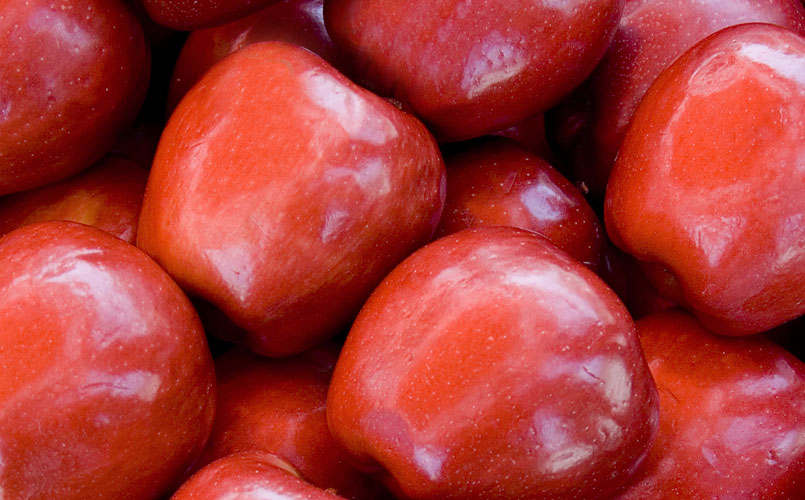How to Control Mucor Rot of Pome Fruit
Mucor rot is a fungal disease of various fruit crops. Compared to blue mold (Penicillium expansum) or gray mold (Botrytis cinerea), it’s of relative minor importance as a postharvest disease. However, if improper harvesting and handling practices occur, Mucor rot can cause serious fruit loss during cold storage. Apples are particularly vulnerable to the disease when drenched with fruit from a highly infested orchard due to cross-contamination of sporangiospores through the same drench solution.
Causal organism
Mucor rot is primarily caused by Mucor piriformis. The optimum temp for mycelial growth and sporangiospore germination is 20°C but can range from 0-24°C. Zygospores are rarely found in nature, and their role in survival of the fungus and the epidemiology of the disease is unclear.
Symptoms
Mucor rot is soft and watery in texture. Infected tissue is light brown with erect whitish-gray sporangiophores bearing black pin-shaped sporangia protruding throughout rotted tissue and through cracks or fruit lenticels. Rotting progresses rapidly and causes fruit to release juice containing sporangiospores, which may cause fruit-to-fruit spread and secondary fruit infections.
Disease cycle and epidemiology
The fungus survives in soil and on plant debris primarily as sporangiospores. Most are found within the top 2cm of soil. The fungal spores increase in soil with high nutrient from fallen fruit, low to cool temp, and high moisture content. Spores are not dispersed by wind. However, dust created by farm equipment can disperse spores on fruit surfaces. Late-harvested, over-mature fruit is more susceptible. Wounds created during harvest and postharvest are the main sites for fungal penetration. Inoculum buildup in drench solutions, dump tank, and flume water can increase Mucor rot in storage and packed boxes.
Pre-harvest practices
- Remove fallen fruit to minimize inoculum buildup of the fungus.
- Avoid harvesting in wet and rainy conditions.
- Do not skid bins on the ground.
- Clean mud on the bottom of bins before fungicide drenches.
- Harvest at optimum maturity to avoid stem bowl splits and racks in susceptible varieties.
- Educate pickers to minimize stem punctures and not put fruit on ground in field bins.
Postharvest practices
- BioSpectra 100SC (natamycin) is the only fungicide registered in the US to control Mucor rot.
- Mucor rot is orchard-specific; therefore, fruit from a grower lot with a previous Mucor rot history should not drenched with fruit from other grower lots.
- If drenching is the only option for the packer, fruit from a previous history of Mucor rot should be drenched at the end of the drench tank, and the tank should be cleaned well before mixing new fungicide solution.
- To avoid infection during packing, dump tank and flume water should be maintained at the optimum ORP levels (>800 mV).
- Fruit with a high level of Mucor rot should be run at the end of the day and sanitize water system with the optimum ORP and request Mucor spore monitoring in water.
- Mucor infections through the spores on the line/brushes are limited, and the spores can be easily cleaned by a daily line sanitation practice.
- If the packers have Mucor issues in packed fruit, on-line treatment with BioSpectra (natamycin) can be an option although the regulatory team needs to confirm the option with the Washington State DOE.
For more information about postharvest best practices, please contact your local Pace representative or visit us at www.paceint.com.












